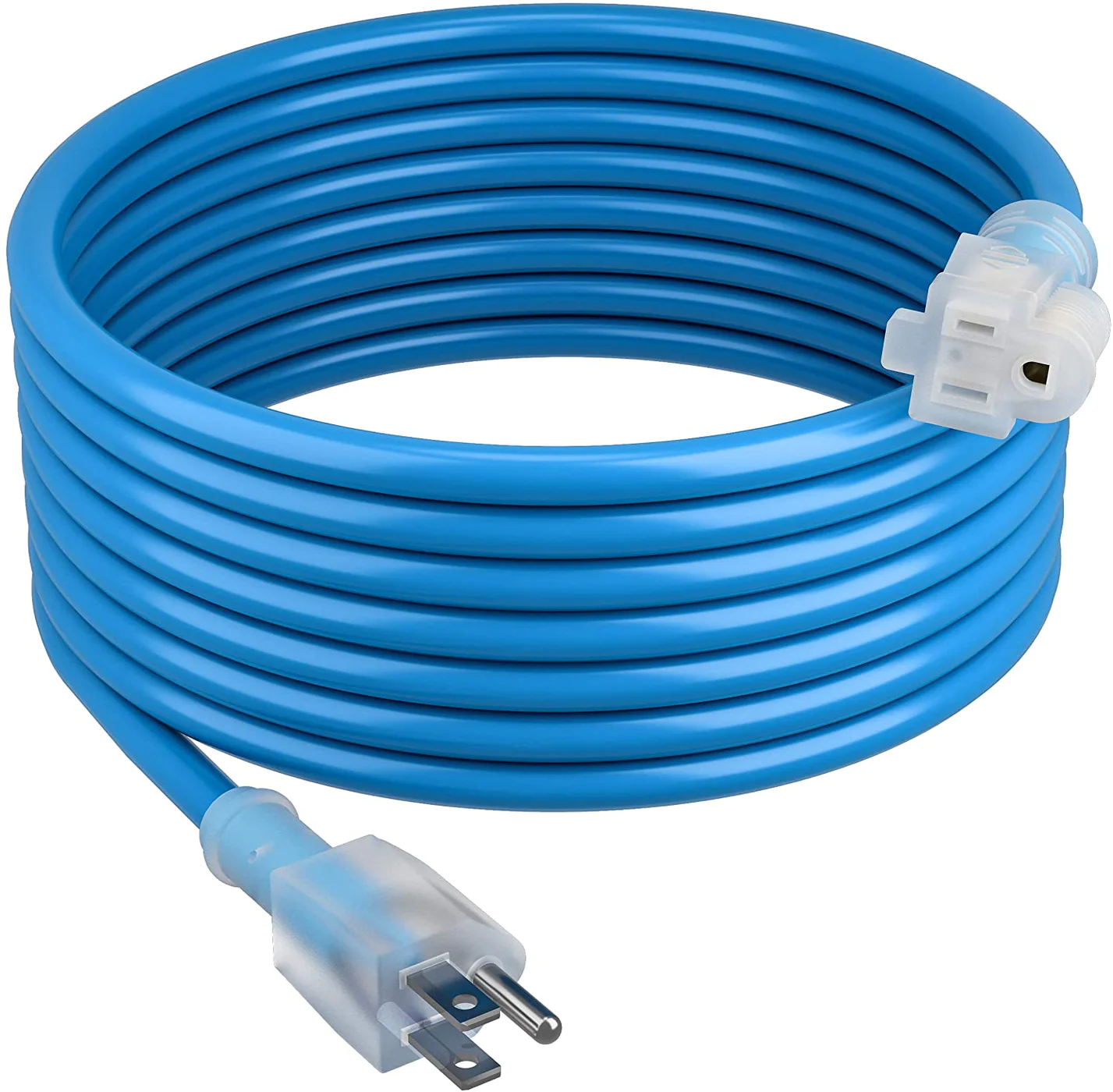

Articles
What Is 14/3 Extension Cord
Modified: November 1, 2024
Learn all about 14/3 extension cords and how they are used in various articles. Find out their specifications, benefits, and safety tips to consider.
(Many of the links in this article redirect to a specific reviewed product. Your purchase of these products through affiliate links helps to generate commission for Storables.com, at no extra cost. Learn more)
Introduction
Welcome to the world of extension cords, where the quest for convenience and flexibility meets the need for electrical power. In today’s modern society, we heavily rely on various electrical devices and appliances to make our lives easier and more comfortable. However, finding an available power outlet in the right location can sometimes be a challenge.
This is where extension cords come to the rescue. These long, flexible cables allow us to extend the reach of our electrical devices, providing power when and where we need it. Whether you’re working in your garage, setting up outdoor lighting, or simply needing to plug in multiple devices in a room with limited outlets, an extension cord can be a valuable tool.
But not all extension cords are created equal. The specifications and features of different extension cords can vary, making it important to select the right one for your specific needs. When evaluating extension cords, one important factor to consider is the wire gauge, which influences the cord’s capacity and performance.
In this article, we will delve into the world of 14/3 extension cords and help you understand what makes them a popular and versatile choice. We’ll explore the meaning behind the numbers, the advantages they offer, and the common uses they are best suited for. So, let’s get started and explore the world of 14/3 extension cords!
Key Takeaways:
- 14/3 extension cords are versatile and reliable, offering higher power capacity, flexibility, and durability. They are suitable for a wide range of environments and devices, from outdoor equipment to indoor power needs.
- Prioritizing safety when using a 14/3 extension cord is crucial. Consider factors such as cord length, power ratings, inspections, overheating prevention, moisture protection, and proper storage to ensure safe and efficient operation of electrical devices.
Read more: What Gauge Is An Extension Cord
What is an Extension Cord?
An extension cord is a flexible cable with a plug on one end and multiple outlets or sockets on the other end. It is designed to extend the reach of an electrical power source, allowing you to plug in devices or appliances farther away from the power outlet.
Extension cords come in various lengths and wire gauges, depending on the intended use and power requirements. They are often made of durable materials such as vinyl or rubber to withstand wear and tear and provide insulation for the electrical wires inside.
Most extension cords have a grounding wire, indicated by a third prong on the plug. This grounding wire helps protect against electrical shocks and ensures the safe transfer of electricity between the power source and the connected devices.
Extension cords can be a convenient solution in situations where the available power outlets are limited or located far from the area where you need power. They allow you to easily connect multiple devices or appliances without the need for extra wiring or permanent installations.
However, it’s important to use extension cords properly and be aware of their limitations. Overloading an extension cord can lead to overheating, electrical fires, or damage to connected devices. It’s essential to choose the right extension cord for your intended use and follow safety guidelines to minimize the risks associated with their usage.
Understanding Wire Gauge
Wire gauge is a measurement that indicates the size and capacity of the electrical wire inside an extension cord. It determines the amount of electrical current that can safely pass through the cord without overheating or causing damage. The wire gauge is denoted by a numerical value, with smaller numbers indicating a thicker wire and larger numbers indicating a thinner wire.
Wire gauge is an important consideration when selecting an extension cord because it directly affects the cord’s power capacity and performance. A thicker wire with a lower gauge number can carry a higher amount of electrical current, making it suitable for higher-powered devices and appliances. A thinner wire with a higher gauge number has a lower power capacity and is better suited for low-power devices.
There are several common wire gauges used in extension cords, including 18, 16, 14, and 12. The lower the gauge number, the thicker the wire and the higher the power capacity.
When choosing an extension cord, it’s important to match the wire gauge to the power requirements of your devices. Using an extension cord with a lower gauge than needed can result in overheating and potential fire hazards. On the other hand, using a cord with a higher gauge than necessary may lead to power loss or inefficient performance.
It’s also worth noting that longer extension cords tend to have higher resistance, which can reduce the amount of power delivered to the connected devices. Therefore, when using longer extension cords, it may be advisable to choose a lower gauge wire to compensate for the potential power loss.
By understanding wire gauge and its relationship to power capacity, you can make a more informed decision when selecting an extension cord that meets your specific needs. Taking into account the power requirements and the distance between the power source and the devices will help ensure the safe and efficient operation of your electrical appliances.
What Does 14/3 Mean?
The numerical value followed by a slash and another number, such as 14/3, is a common designation used to describe the wire gauge and the number of conductors in an extension cord. In the case of 14/3, the number 14 refers to the wire gauge, while the number 3 signifies the number of conductors or wires within the cord.
Let’s break it down further:
- Wire Gauge: 14
The number 14 wire gauge indicates the thickness or diameter of the individual wires inside the extension cord. It is measured using the American Wire Gauge (AWG) system, where lower numbers represent thicker wires. In the case of 14 gauge wire, the wire diameter is approximately 1.63 millimeters or 0.064 inches.
14-gauge wire is a commonly used size for extension cords, as it strikes a balance between flexibility and power capacity. It is capable of handling moderate to high power loads and is suitable for a wide range of household devices and appliances.
- Number of Conductors: 3
The number of conductors in an extension cord refers to the number of separate electrical wires enclosed within the cord. In the case of 14/3, it means there are three individual conductors inside the cord.
The three conductors serve distinct functions:
- Hot Conductor (Black or Red): This wire carries the electrical current from the power source to the connected devices. It is also known as the live wire.
- Neutral Conductor (White or Gray): The neutral wire completes the electrical circuit and carries the current away from the connected devices back to the power source.
- Ground Conductor (Green or Bare Copper): The ground wire provides an additional safety pathway for electrical current and helps protect against electric shocks or faults.
The inclusion of a ground wire in a 14/3 extension cord ensures safer operation, especially when using devices that require grounding for proper functioning and protection.
So, when you come across the term 14/3 in reference to an extension cord, you now know that it indicates a cord with 14-gauge wires and three conductors.
When using a 14/3 extension cord, make sure to check the maximum wattage it can handle to avoid overloading. The “14/3” refers to the wire gauge and number of conductors, which determines its capacity.
Advantages of a 14/3 Extension Cord
Choosing the right extension cord is essential to ensure safe and efficient operation of your electrical devices. A 14/3 extension cord comes with several advantages that make it a popular choice for many applications. Let’s explore some of the advantages of using a 14/3 extension cord:
- Higher Power Capacity: The 14-gauge wire used in a 14/3 extension cord offers a higher power capacity compared to thinner wires. This makes it suitable for heavy-duty electrical devices and appliances that require more power to operate. Whether you’re running power tools, high-powered lights, or heavy-duty equipment, a 14/3 extension cord can handle the load with ease.
- Flexibility and Maneuverability: Despite its higher power capacity, a 14/3 extension cord remains flexible and easy to handle. The construction of the cord allows for convenient maneuverability, making it ideal for use in various settings and applications. Whether you need to reach across a room or navigate through tight spaces, a 14/3 extension cord offers the necessary flexibility.
- Multiple Conductors: The 14/3 extension cord has three conductors – hot, neutral, and ground. This enhances the safety and functionality of the cord by providing a separate pathway for the electrical current as well as a grounding connection. Having multiple conductors allows for proper grounding of devices that require it, reducing the risk of electrical shocks or faults.
- Versatility: 14/3 extension cords are versatile and can be used in various settings, both indoor and outdoor. Whether you need to power outdoor tools or appliances, set up lighting for an event, or connect multiple devices in your workshop or garage, a 14/3 extension cord can handle the task. Its rugged construction and power capacity make it suitable for a wide range of applications.
- Durability: A 14/3 extension cord is designed to withstand the demands of heavy-duty use. They are typically made from durable materials, such as vinyl or rubber, which provide resistance against abrasion, impact, and exposure to harsh weather conditions. This durability ensures a longer lifespan for the cord, making it a reliable and cost-effective choice in the long run.
With these advantages, a 14/3 extension cord proves to be a reliable and versatile solution for powering a wide range of devices and appliances. Whether for home use, construction sites, events, or workshops, a 14/3 extension cord delivers the power, flexibility, and durability needed to get the job done safely and efficiently.
Read more: What Is A Grounded Extension Cord
Common Uses of a 14/3 Extension Cord
A 14/3 extension cord is a versatile tool that can be utilized for various applications. Its higher power capacity, flexibility, and multiple conductors make it suitable for a wide range of environments and devices. Let’s explore some common uses of a 14/3 extension cord:
- Powering Outdoor Equipment: Whether you’re mowing the lawn, trimming hedges, or operating power tools in your yard, a 14/3 extension cord can provide the necessary power reach. Its robust construction and weather-resistant properties make it ideal for outdoor use, allowing you to power outdoor equipment with ease.
- Construction Sites: Construction sites often have a high demand for power. From tools and machinery to lighting and temporary power sources, a 14/3 extension cord can handle the heavy power requirements. Its durability and flexibility enable it to withstand the rough conditions on a construction site, ensuring a reliable power supply.
- Workshops and Garages: Whether you’re a DIY enthusiast or a professional, chances are you have a workshop or garage where you perform various tasks. From operating power tools and charging batteries to running lights and powering compressors, a 14/3 extension cord is a reliable solution. Its higher power capacity ensures a consistent and safe power supply for all your workshop needs.
- Event Lighting and Sound Systems: When setting up lighting or sound systems for events, a 14/3 extension cord provides the necessary power and flexibility. Whether it’s for outdoor parties, weddings, concerts, or festivals, these cords can easily connect lighting fixtures, speakers, and other audiovisual equipment, ensuring a smooth and enjoyable event experience.
- Indoor Power Needs: In indoor environments where power outlets may be limited or not conveniently located, a 14/3 extension cord offers the flexibility to connect multiple devices without the need for extra wiring or permanent installations. From setting up temporary workstations to powering entertainment systems, a 14/3 extension cord can be a practical solution.
- Camping and RVs: When camping or using an RV, a 14/3 extension cord can come in handy. It allows you to connect your RV to an external power source or extend the reach of power from a campground hookup. You can also use it to power lights, fans, or other small electrical devices while enjoying the great outdoors.
These are just a few examples of the common uses of a 14/3 extension cord. Its versatility, durability, and power capacity make it a reliable tool in various settings, whether it’s for DIY projects, professional work, outdoor activities, or events.
Remember to always follow safety guidelines, such as not overloading the cord, protecting it from damage, and ensuring proper grounding when using a 14/3 extension cord. By doing so, you can enjoy the convenience and flexibility that this powerful tool provides.
Safety Considerations when Using a 14/3 Extension Cord
While a 14/3 extension cord can be a valuable tool for extending power reach and connecting electrical devices, it’s crucial to prioritize safety when using it. Here are some important safety considerations to keep in mind:
- Choose the Right Cord Length: Selecting the appropriate cord length is essential to avoid unnecessary hazards. Using an excessively long cord can increase resistance and voltage drop, which can lead to overheating and power loss. On the other hand, using a cord that is too short may strain the cord or devices connected to it. Choose the right cord length for your specific needs.
- Be Mindful of Power Ratings: Every electrical device has a power rating or wattage specified by the manufacturer. Ensure that the combined power demand of the connected devices does not exceed the maximum power capacity of the 14/3 extension cord. Overloading the cord can result in overheating, electrical fires, or damage to the connected devices.
- Inspect the Cord Regularly: Before each use, visually inspect the 14/3 extension cord for any signs of damage, such as frayed wires, cracked insulation, or exposed conductors. Damaged cords should never be used, as they pose a risk of electrical shock or fire. If you notice any damage, replace the cord immediately.
- Avoid Overheating: To prevent overheating, it’s important to use the correct gauge size for the power requirements of your devices. Using a higher gauge cord than necessary can result in increased resistance and heat buildup. Additionally, avoid running the cord through walls, ceilings, or under carpets, as this can restrict airflow and lead to overheating. Allow the cord to remain exposed for proper ventilation.
- Protect from Moisture and Water: Keep the 14/3 extension cord away from moisture and water sources. Moisture can compromise the insulation and increase the risk of electrical shock. If you need to use an extension cord outdoors, use one specifically designed for outdoor use and ensure it has proper grounding and moisture-resistant features.
- Avoid Overextension: Do not connect multiple extension cords together unless necessary. Overextending the cord creates unnecessary voltage drop and increases the risk of tripping hazards. If you require a longer reach, consider using a single longer cord or relocating the devices or power source.
- Properly Store when Not in Use: When the 14/3 extension cord is not in use, store it properly in a dry and well-ventilated area. Avoid tightly coiling or knotting the cord, as this can cause damage to the wires. Instead, loosely coil the cord or use cord reels to maintain its integrity and prolong its lifespan.
- Follow Manufacturer’s Instructions: Always follow the specific guidelines provided by the manufacturer of the 14/3 extension cord. They may include additional safety precautions or recommendations for optimal usage. Adhering to these instructions will help ensure the safe and effective operation of the cord.
By following these safety considerations, you can use a 14/3 extension cord with confidence, knowing that you are minimizing potential risks and maintaining a safe electrical environment.
Conclusion
In our increasingly connected world, extension cords play a crucial role in providing convenient and flexible electrical power. Among the various options available, the 14/3 extension cord stands out as a versatile and reliable choice for many applications.
Throughout this article, we have explored the different aspects of a 14/3 extension cord, including its meaning, advantages, common uses, and safety considerations. We have learned that the numbers “14/3” indicate a cord with 14-gauge wires and three conductors, offering higher power capacity, flexibility, and durability.
From powering outdoor equipment and lighting systems to meeting the demands of construction sites and workshops, a 14/3 extension cord proves to be an invaluable tool. Its ability to handle heavy power loads, its versatility, and its multiple conductors make it suitable for a wide range of environments and devices.
However, it is important to prioritize safety when using a 14/3 extension cord or any other electrical cord. Consider factors such as cord length, power ratings, cord inspections, overheating prevention, moisture protection, and proper storage. By following these safety considerations, you can ensure the safe and efficient operation of your electrical devices.
In conclusion, a 14/3 extension cord is an essential tool that provides convenience and flexibility in extending the power reach of electrical devices. Whether for outdoor use, construction sites, workshops, events, or indoor power needs, the 14/3 extension cord offers the power, durability, and versatility needed to meet your electrical demands.
Remember to select the appropriate cord, follow safety guidelines, and prioritize regular inspections to maintain a safe and efficient electrical environment. With the right precautions in place, a 14/3 extension cord can be a reliable utility that enhances your productivity and convenience in various settings.
Frequently Asked Questions about What Is 14/3 Extension Cord
Was this page helpful?
At Storables.com, we guarantee accurate and reliable information. Our content, validated by Expert Board Contributors, is crafted following stringent Editorial Policies. We're committed to providing you with well-researched, expert-backed insights for all your informational needs.
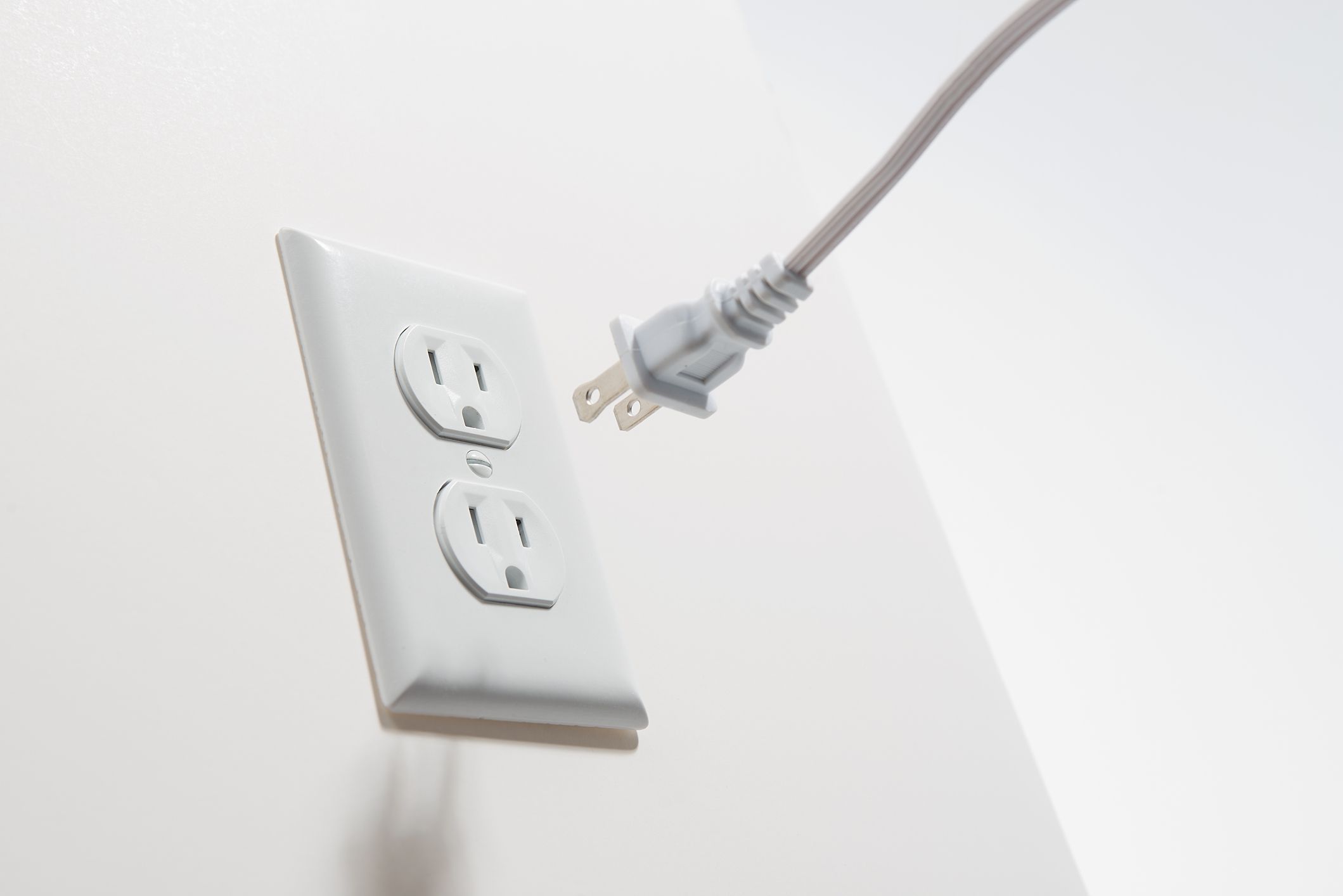
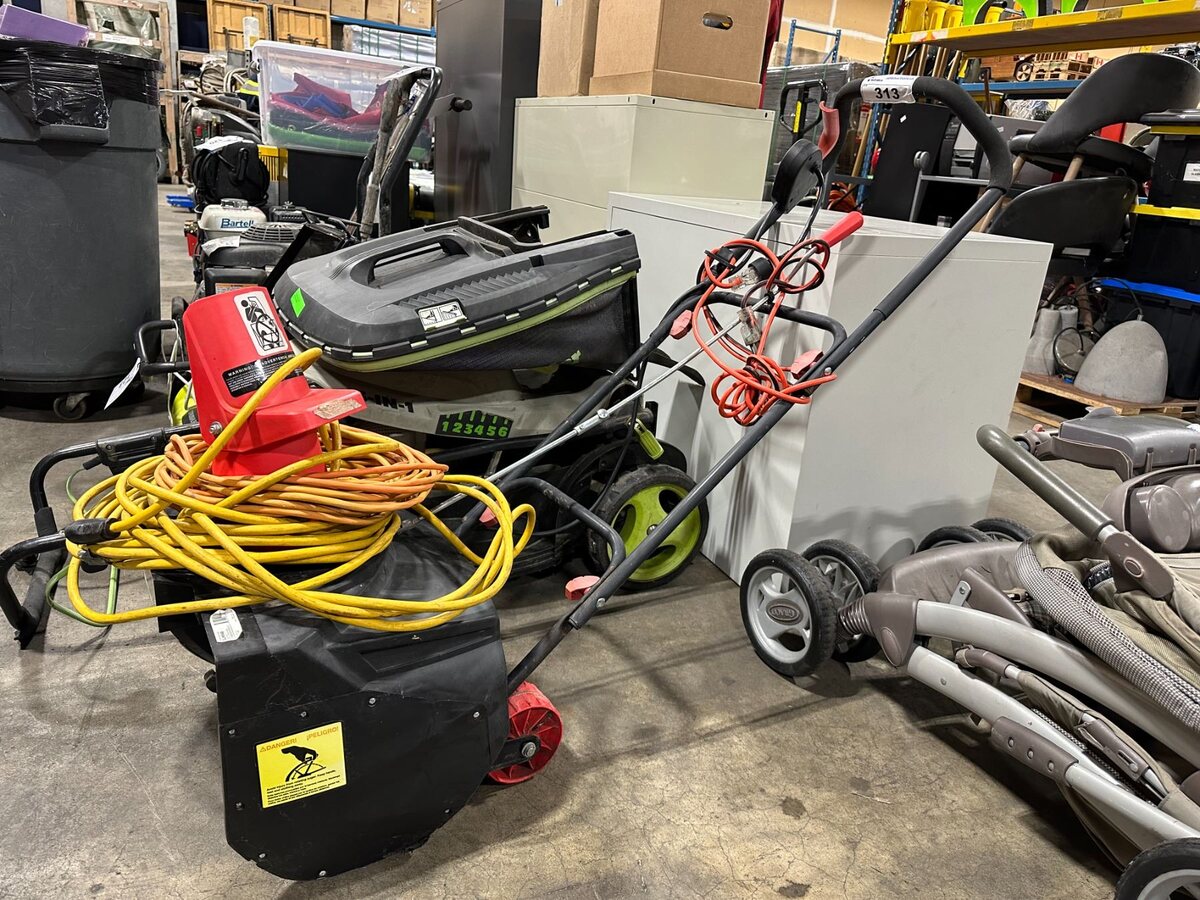
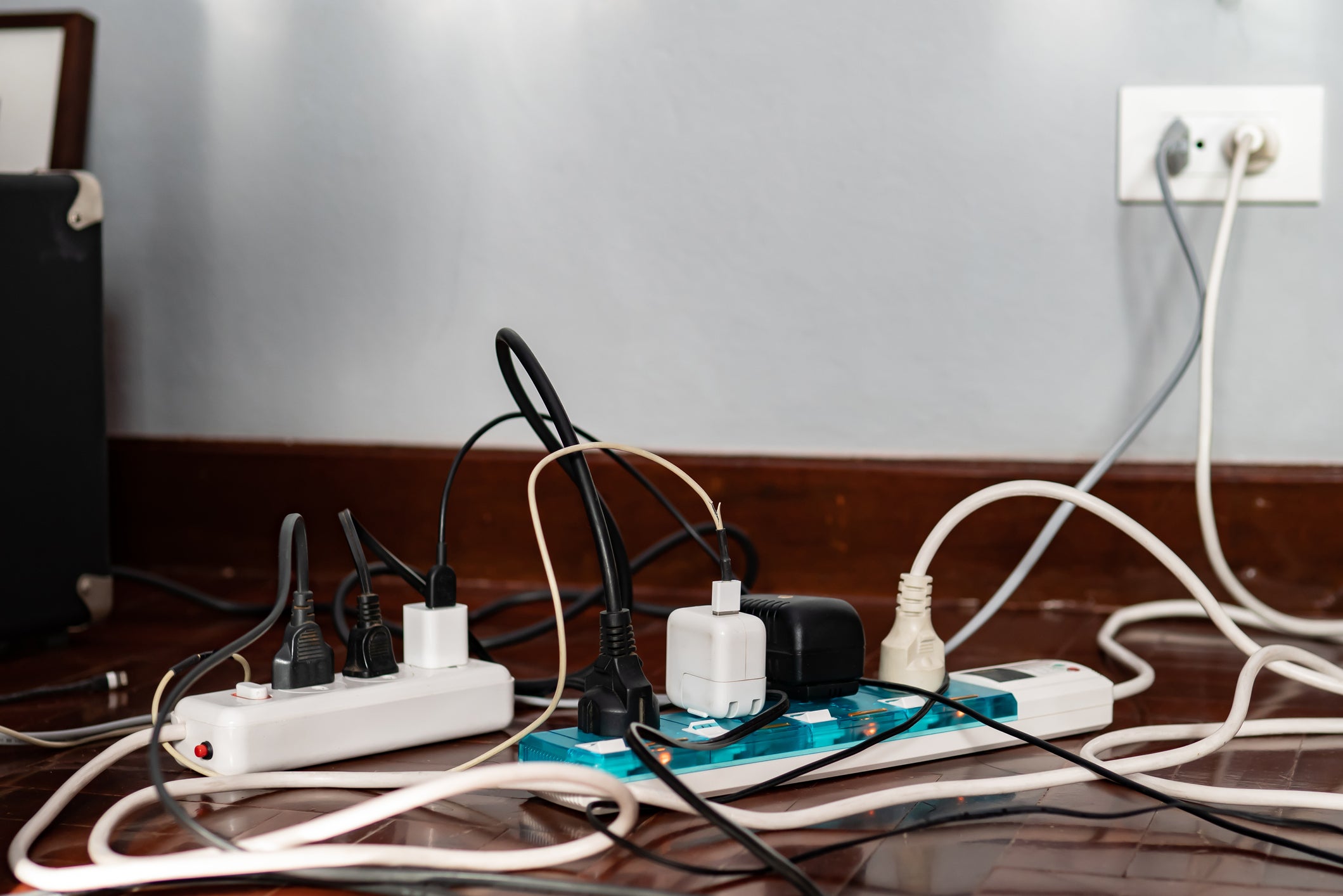
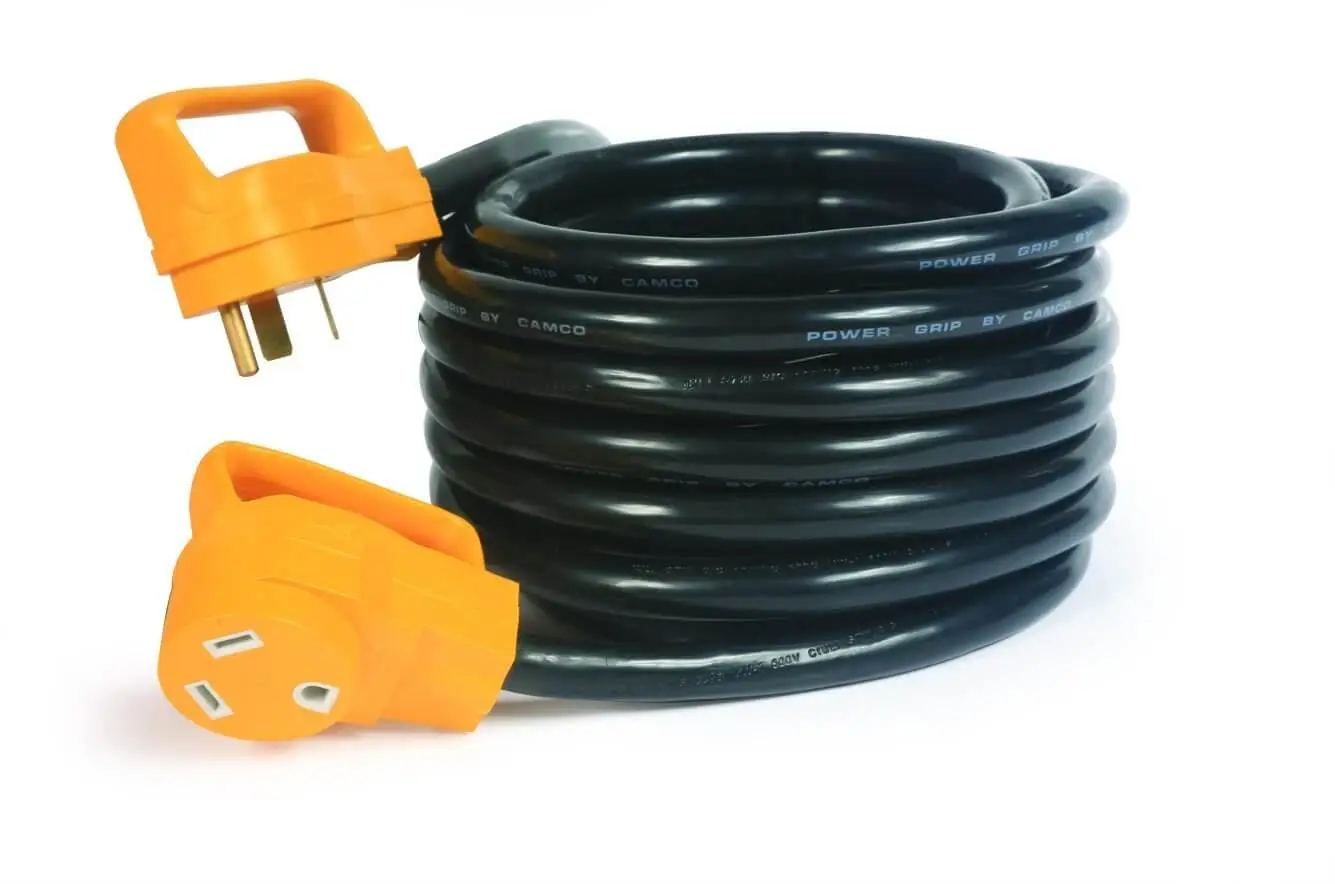
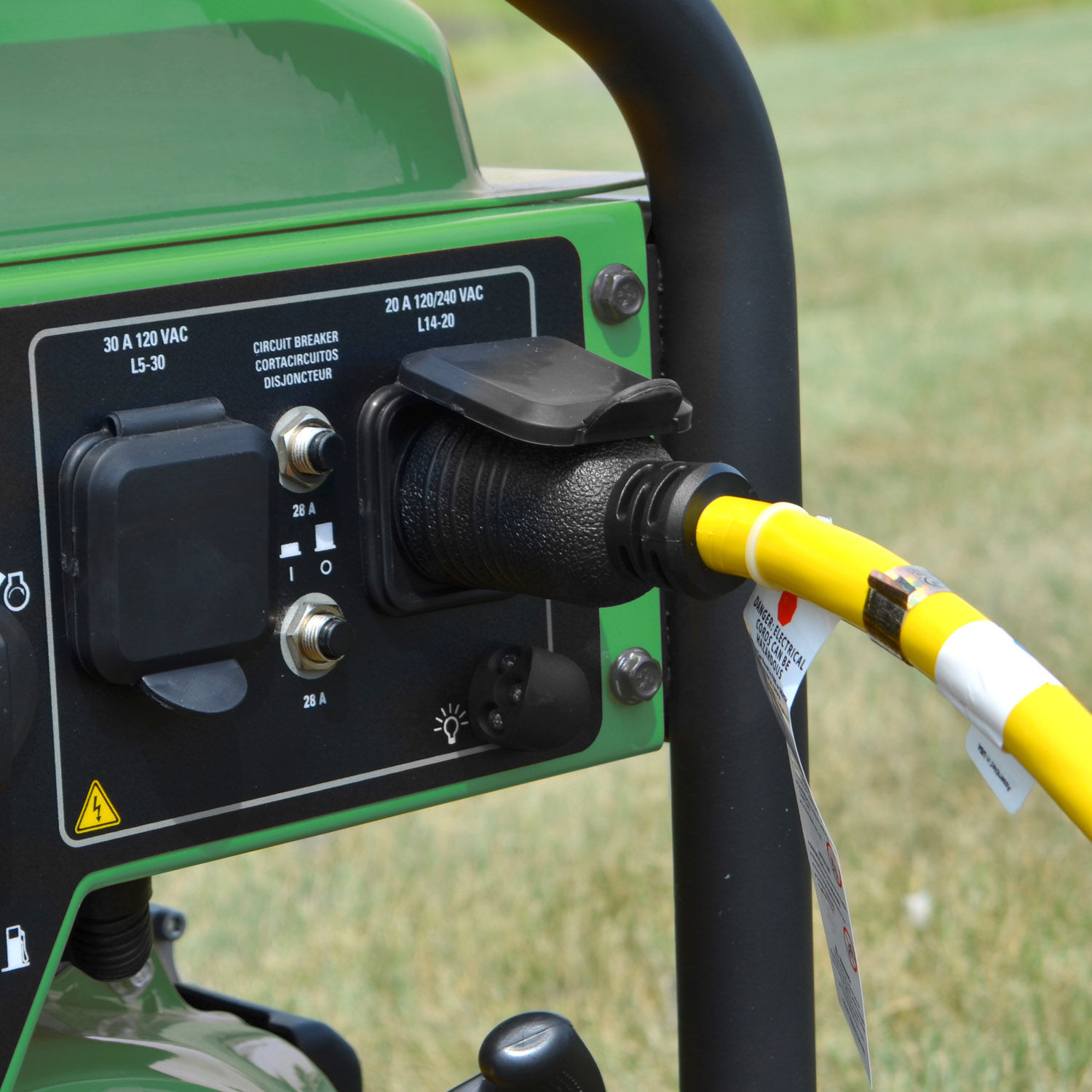
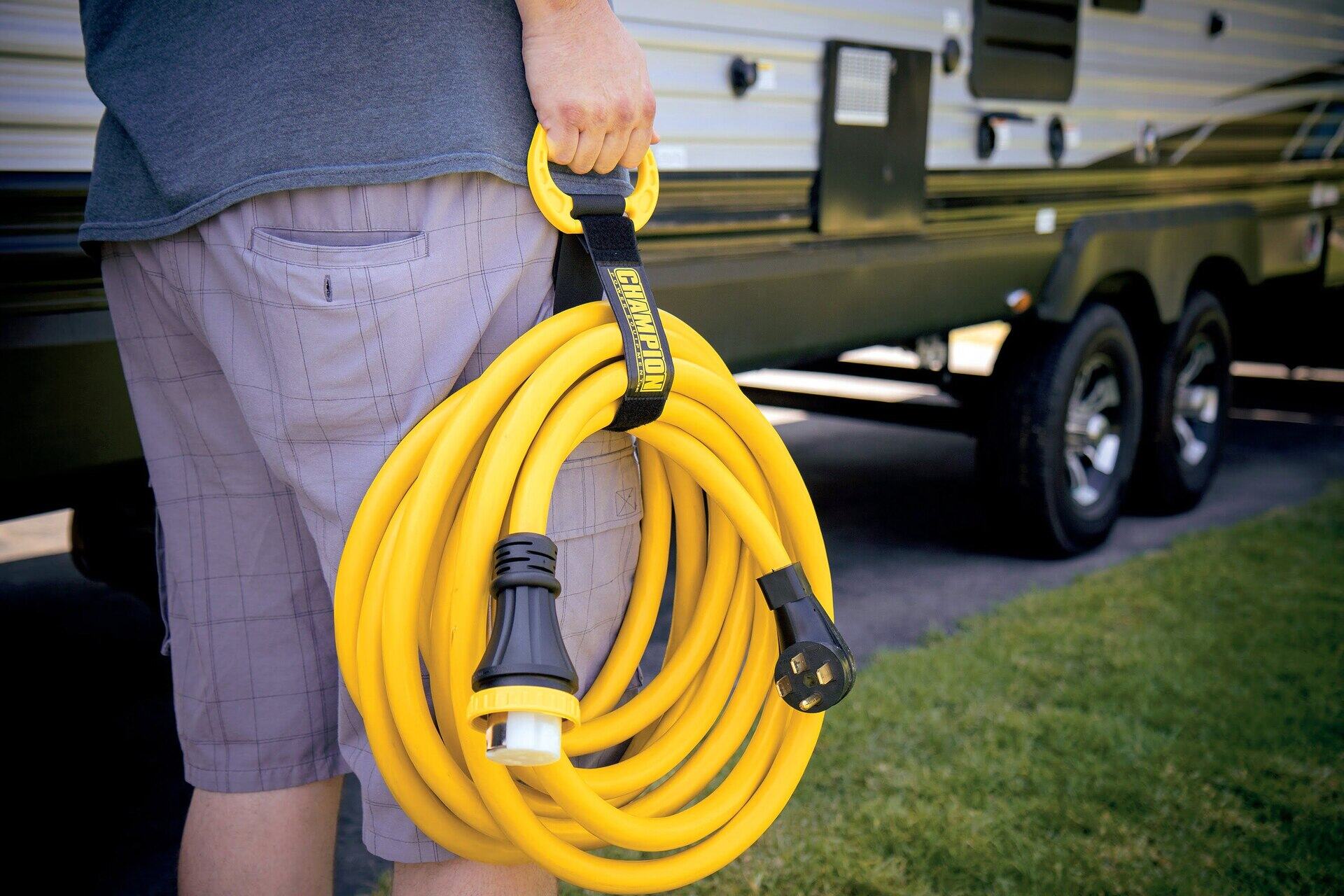
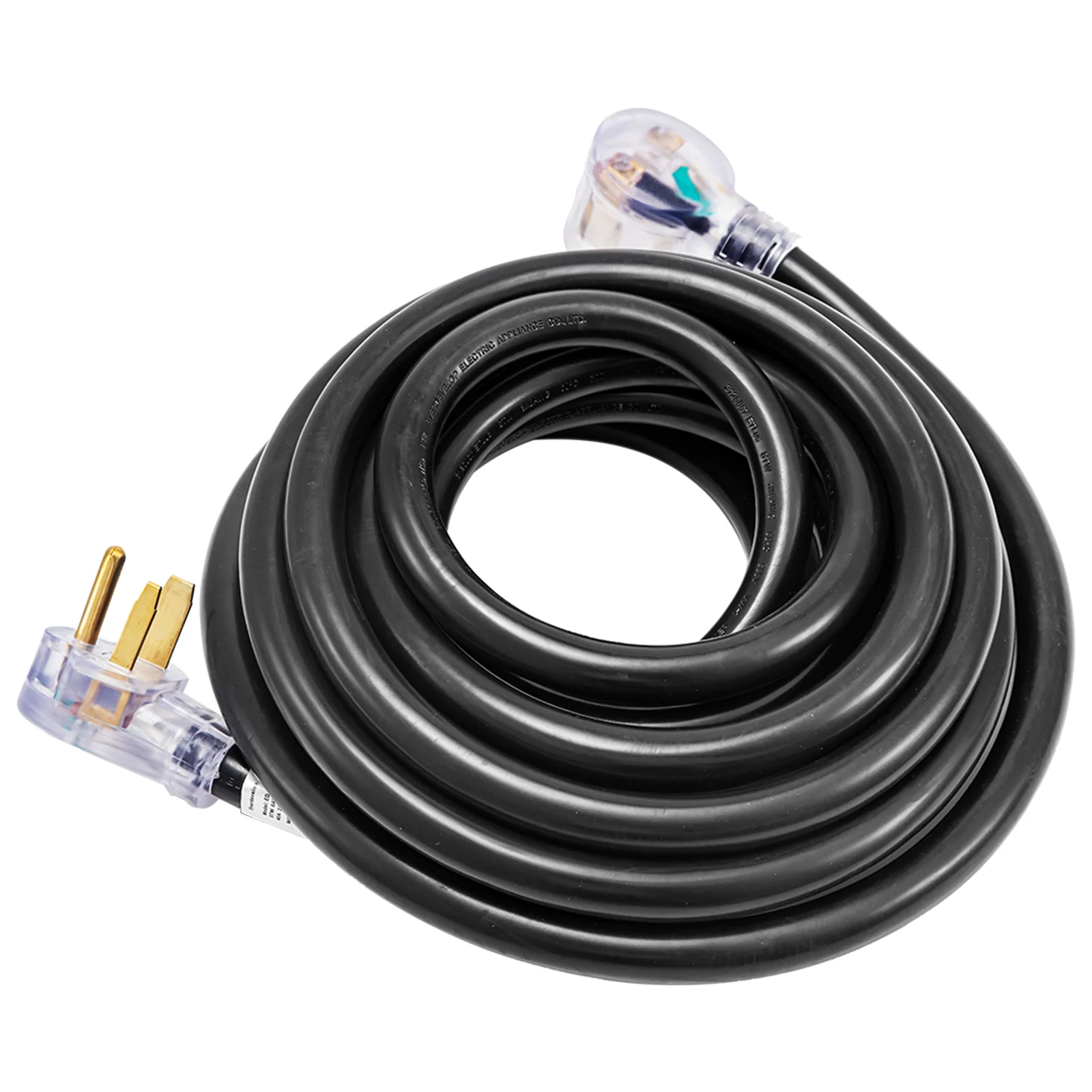
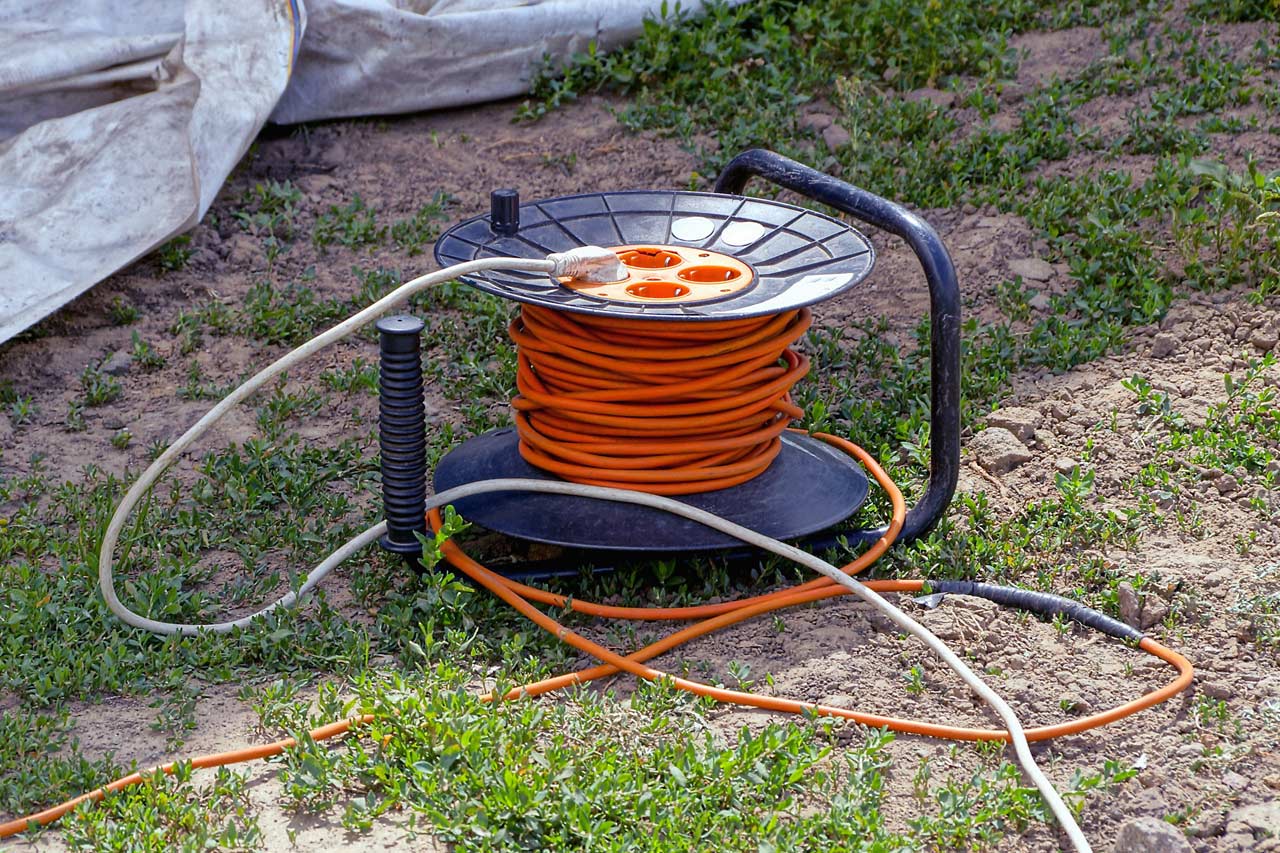
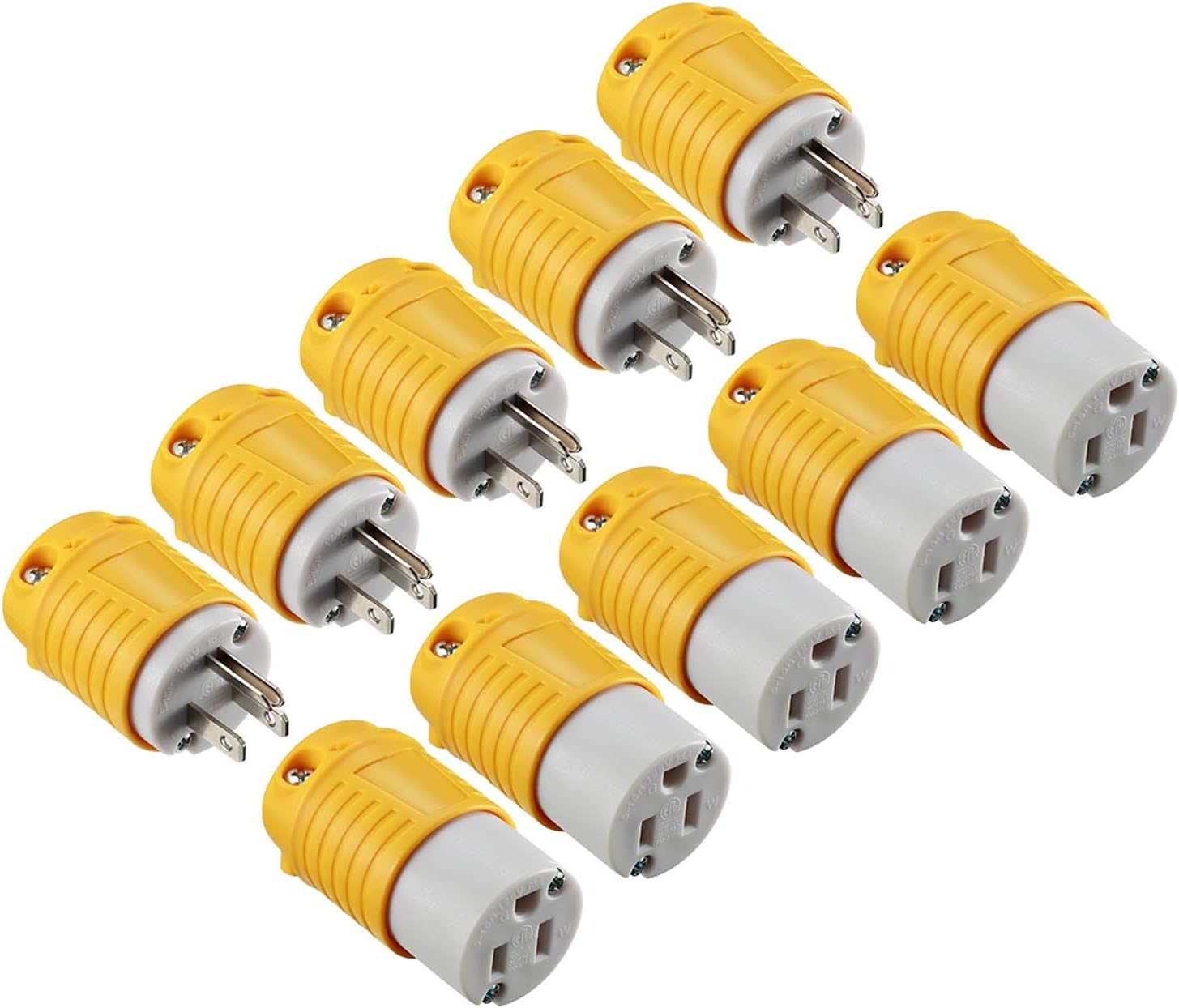
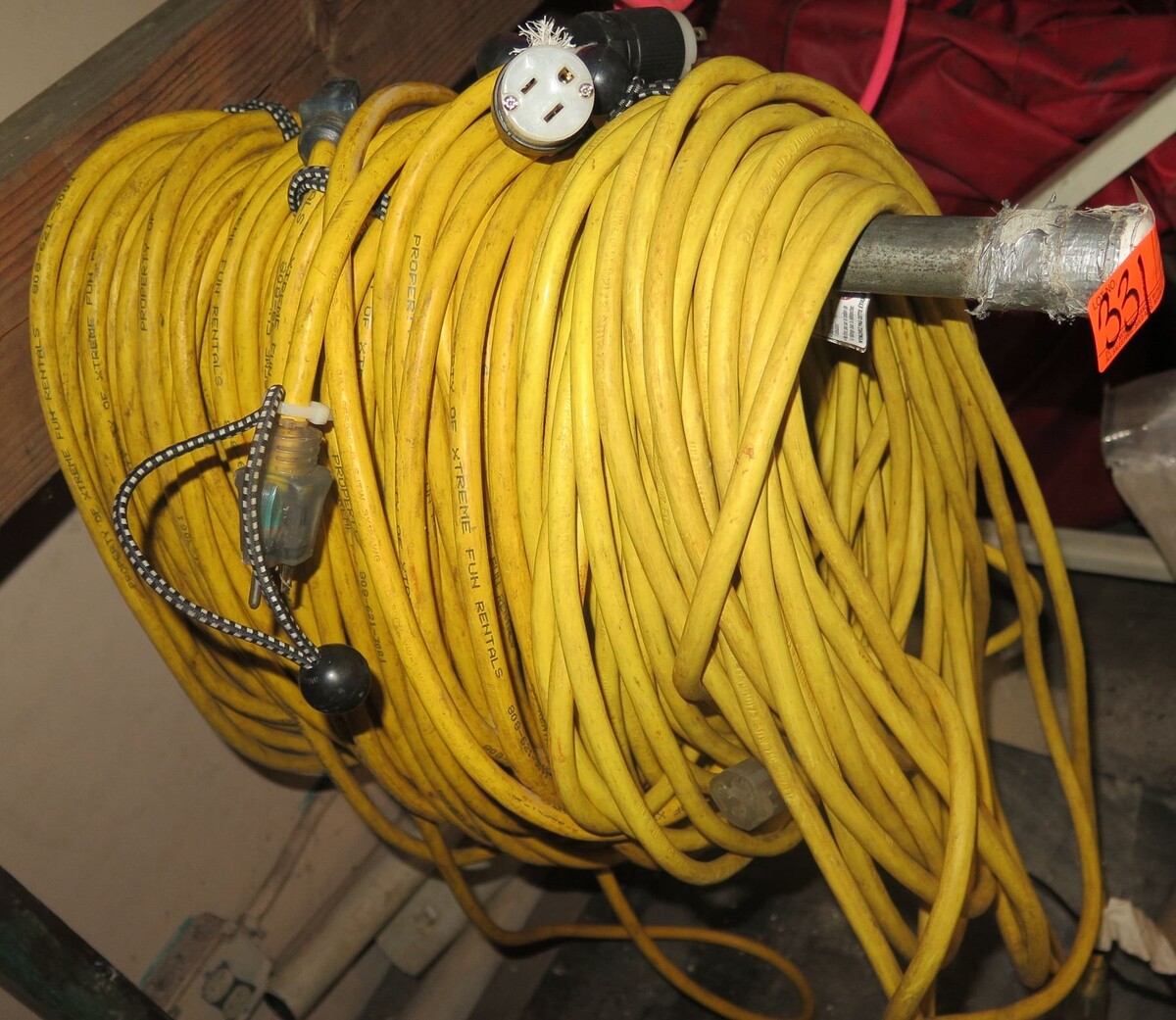

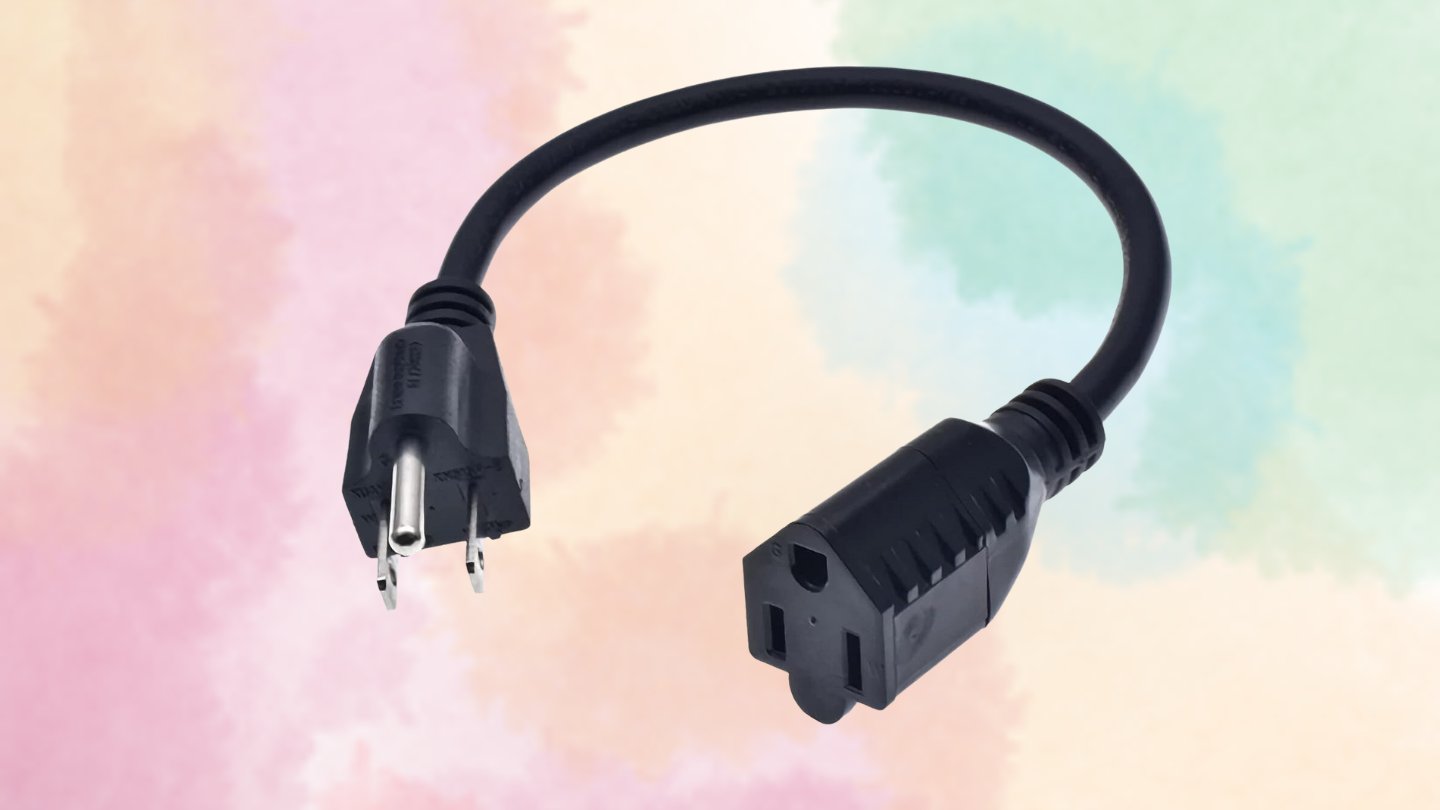
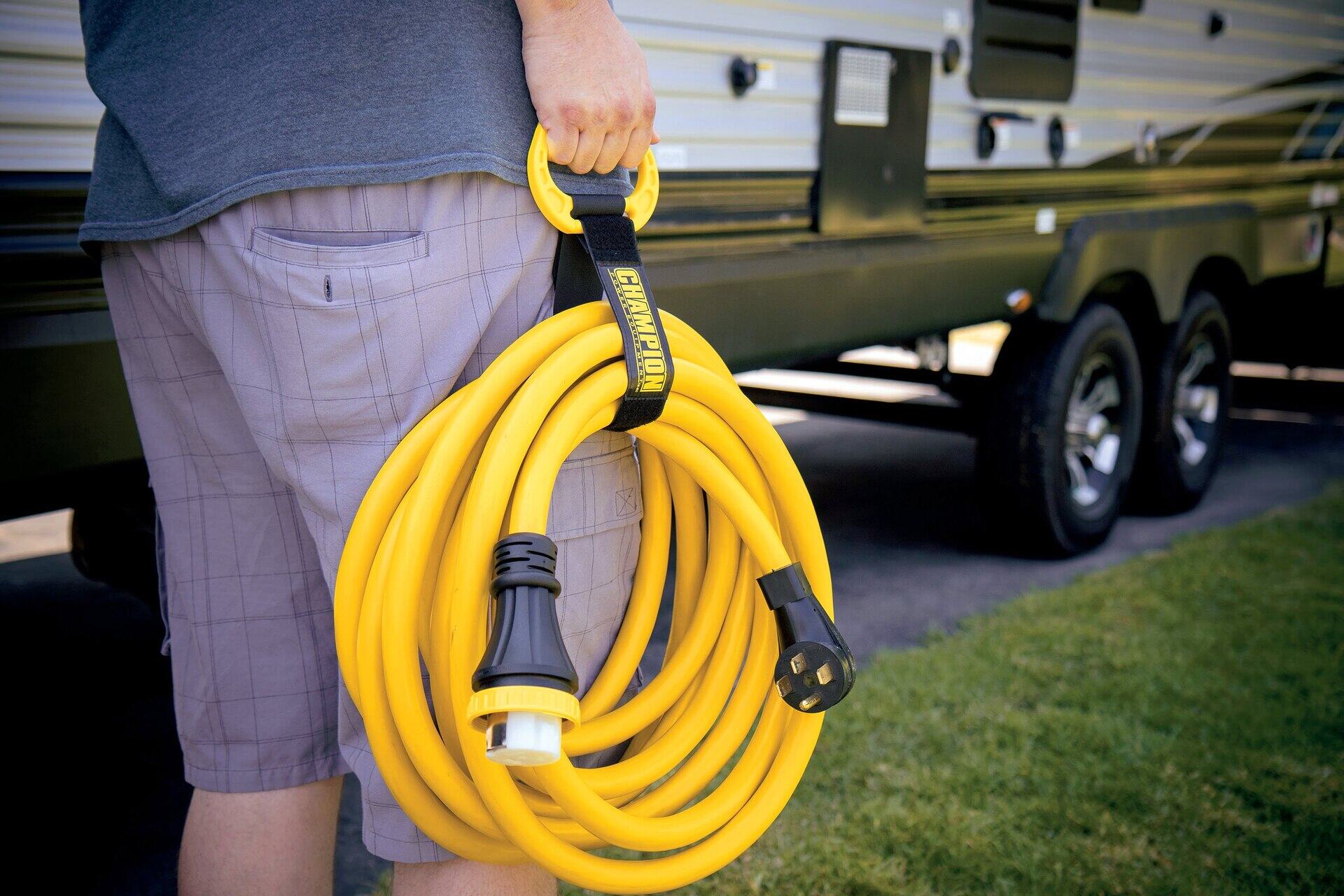
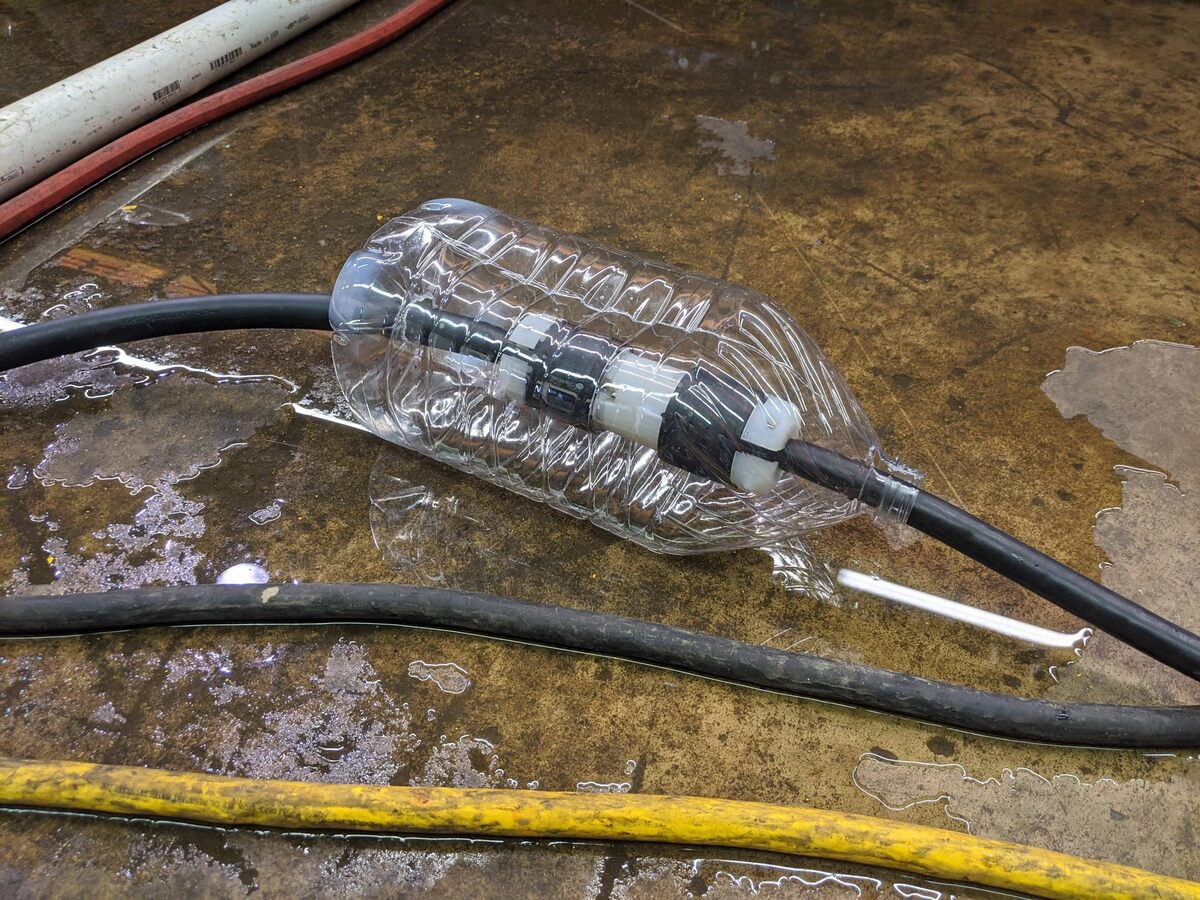

0 thoughts on “What Is 14/3 Extension Cord”